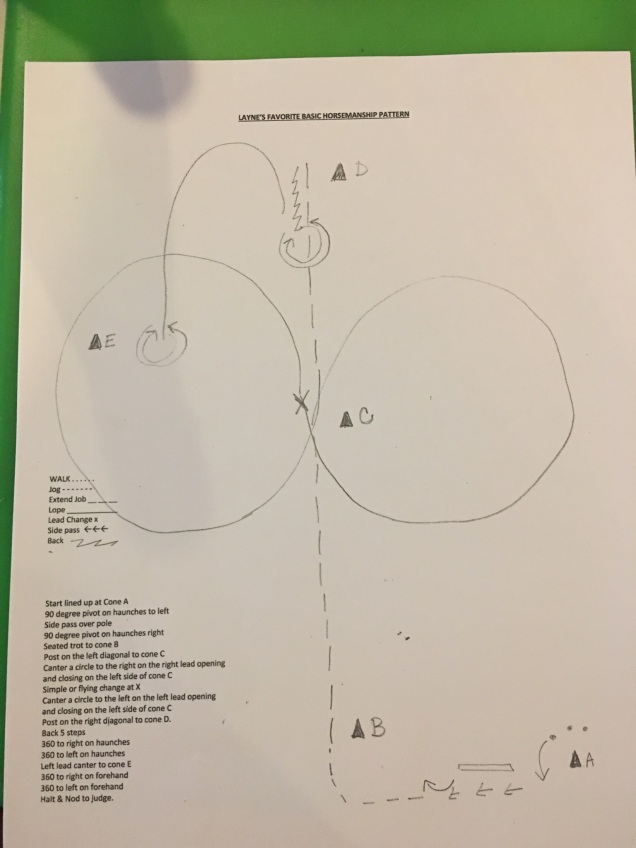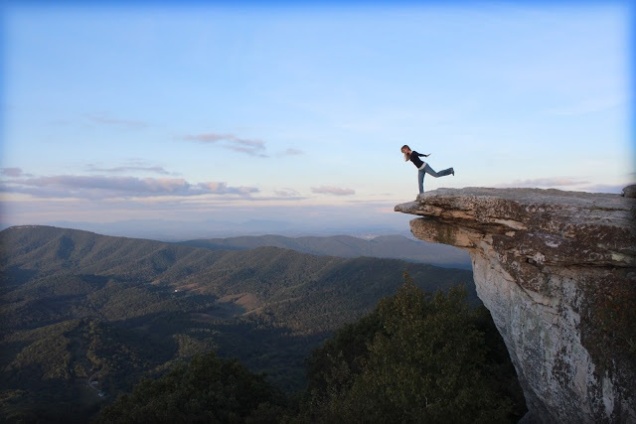A couple of things have recently somewhat derailed any efforts at training: 1) the insanely demanding, all-consuming juggernaut of the holidays and 2) some soreness/lameness for Dunnie.
The holidays had their nice moments, of course, and I enjoyed spending time with family. But the “holiday season” seems to keep getting longer every year, and it’s gotten completely out of hand. It really feels like it starts in September now, when everyone starts freaking out about pumpkin spice. And then the month-long marathon of Christmas music on the radio begins the second after Thanksgiving and it’s just a countdown until I can have my life and my 80s music back.
The other thing I’ve recently gotten back is Dunnie. Starting a week or two before Christmas, he started acting strangely. We had noticed that there were potentially some pressure points from the saddle I was using, although he was acting fine, and decided to try a different one. That went poorly. I tried three other saddles, all of which seem to make him PISSED, and then went back to the old one only to find that he was still not himself.
At first there was no obvious lameness. He was certainly stiff, particularly when tracking right, and especially on circles. He was usually just fine at the trot, but ask him to pick up a canter and he would kick out on the left, and wouldn’t be able to smoothly pick up the transition, sort of rearing back a tiny bit with his head high to lope off. Then at the canter, he was constantly switching leads in back. And ornery. He was uncharacteristically ornery about all of that, which is what tipped me off to that fact that he was in pain and not all of a sudden acting out just for fun.
Then at my lesson on the Thursday before Christmas, he finally turned up lame. His back left was really stiff and it was apparent after trotting him just a few steps. I ended up riding a different horse that night in my lesson — a big, sweet, calm ex-racehorse named Chrome — and riding English for only the second time in a really long time. It was fun, but strange; it’s amazing how much less secure an English saddle feels. And I’d forgotten how much work it is! I think I just assumed that riding so often has gotten me in much better shape, but nope. Western is just way, way easier.
Anyway, I ended up giving Dunnie some rest over the holidays, and then my trainer contacted a Pulsed Electromagnetic Field (PEMF) therapist . There’s a good description of what this is on their Facebook page, but essentially it is a machine that pulses a magnetic field through the body, stimulating cells and increasing oxygenation, reducing inflammation and promoting faster healing. I was there when they came to work on a bunch of the school horses, and the therapist (who also treats human clients), put the machine — which looks like a vacuum hose bent into an oval shape — on my back to see what it feels like. I could feel it all the way through my stomach. It was kind of intense, not altogether pleasant or unpleasant. In the places where there is particular pain and inflammation, the muscles sort of twitch in little spasms. This is very clear on the horses, whose muscle groups are large and easy to see.
When she treated Dunnie, I wasn’t around, but when I spoke to her after she said that he’d had a lot of soreness all over his body, and particularly on the left side, which jived with what I’d been experiencing. I’m not really sure what made him like that. One theory was that removing his back shoes put him out of whack (the farrier came right after Christmas and put them back on, and that seemed to help a bit). Another was that he’d pulled something when we tried to work on slides. Yet another was that the cold temperatures were bothering him, making arthritis that we didn’t know about in the warm months act up. We just didn’t know. While Dunnie could communicate to me very effectively that he was in pain, he couldn’t tell me why.
Luckily, the PEMF seems to have worked like a charm. Since he had the treatment about two weeks ago, it feels like I have my old Dunnie back. He’s moving much better, doesn’t display the same stiffness, and is visibly happier. I’m so relieved that it doesn’t seem to be a bigger issue or serious injury, and that he’s clearly feeling much better. It’s a terrible feeling to think that your horse is hurting and that it might be because of something you asked him to do. Especially because Dunnie, champ that he is, would do it anyway. When I first noticed something was amiss and I was putting him through his paces to try to identify the problem area, he’d tell me “that hurts!” — but he would still do what I asked of him.
Now, with all that distraction out of the way, it’s time for us to get back to the work of training. We’re working on a new pattern that incorporates pretty much all of the skills we need to use for anything we want to do. It has side-passing, lead changes, circles, backing, spinning — you name it. It feels good to be focusing again, and working toward getting better at things we’ll use at a show. Dunnie is at his best when he’s mentally engaged in what we’re doing, and so am I, so we’re about to start having lots of fun together again.







